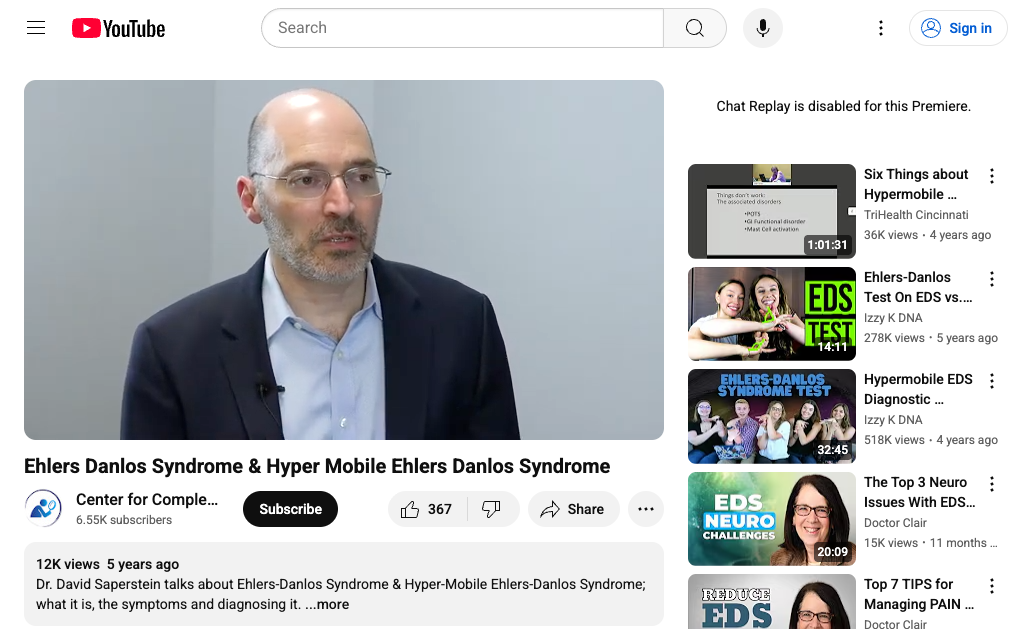Ehlers Danlos Syndrome & Hyper Mobile Ehlers Danlos Syndrome
Dr. David Saperstein provides an overview of Ehlers-Danlos syndromes with a focus on hypermobile EDS (hEDS)—a heritable connective tissue disorder characterized by generalized joint hypermobility, instability/subluxations, chronic musculoskeletal pain, and soft-tissue fragility. He explains common multi-system symptoms that can include skin findings (soft/velvety skin, easy bruising), GI complaints, fatigue, and pelvic floor issues, and notes how these arise from collagen/connective tissue laxity. For diagnosis, he outlines the 2017 hEDS criteria: confirming generalized joint hypermobility (e.g., Beighton score and 5-point hypermobility questionnaire), assessing systemic features and family history, and excluding alternative diagnoses (other EDS subtypes, heritable connective tissue disorders, neuromuscular and rheumatologic conditions). He emphasizes that genetic testing can identify many non-hypermobile EDS subtypes but that hEDS currently lacks a known gene, so it remains a clinical diagnosis. Ancillary testing is tailored to rule out other causes and screen for complications (e.g., echocardiogram if indicated). The talk helps clinicians and patients recognize key features, understand the diagnostic pathway, and differentiate hEDS from other conditions.
